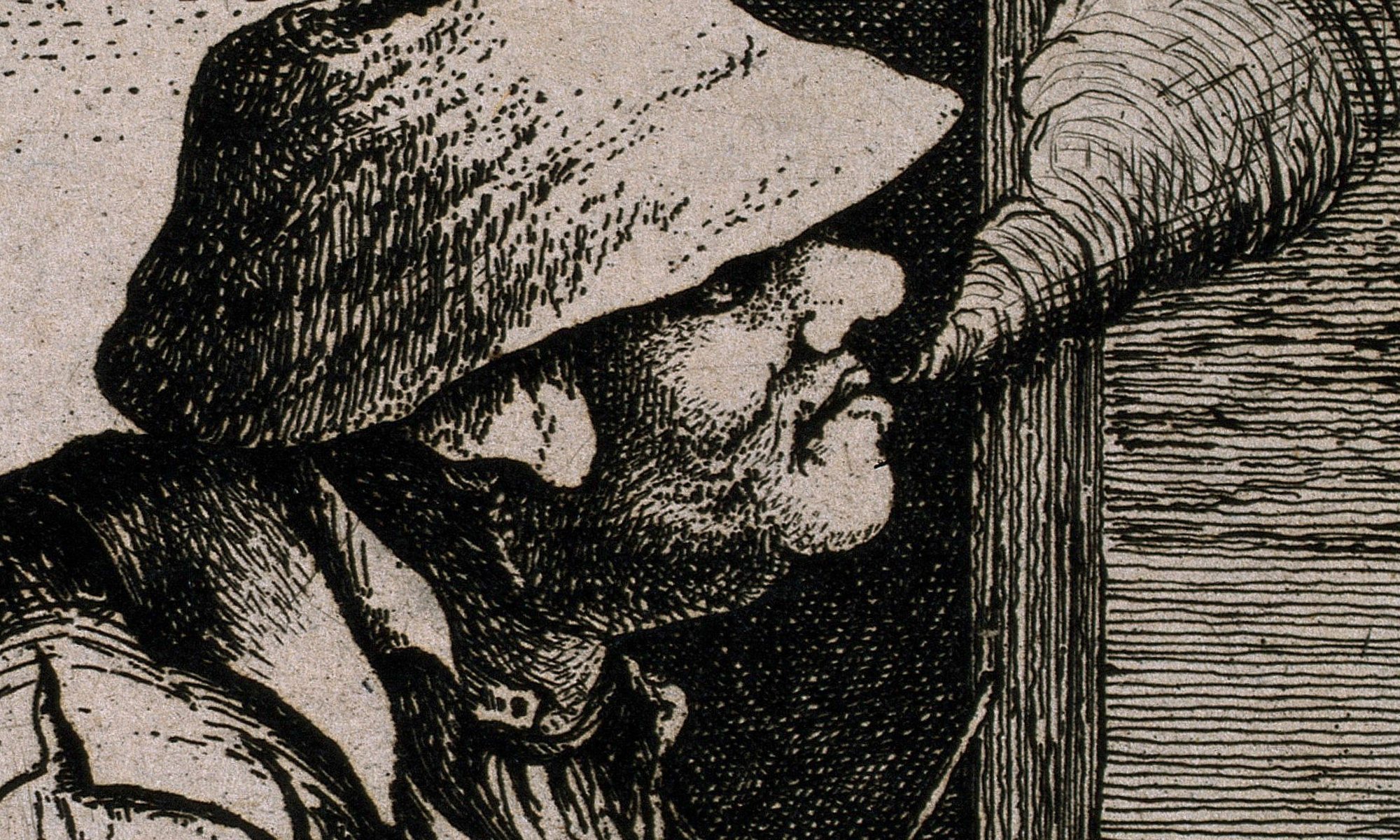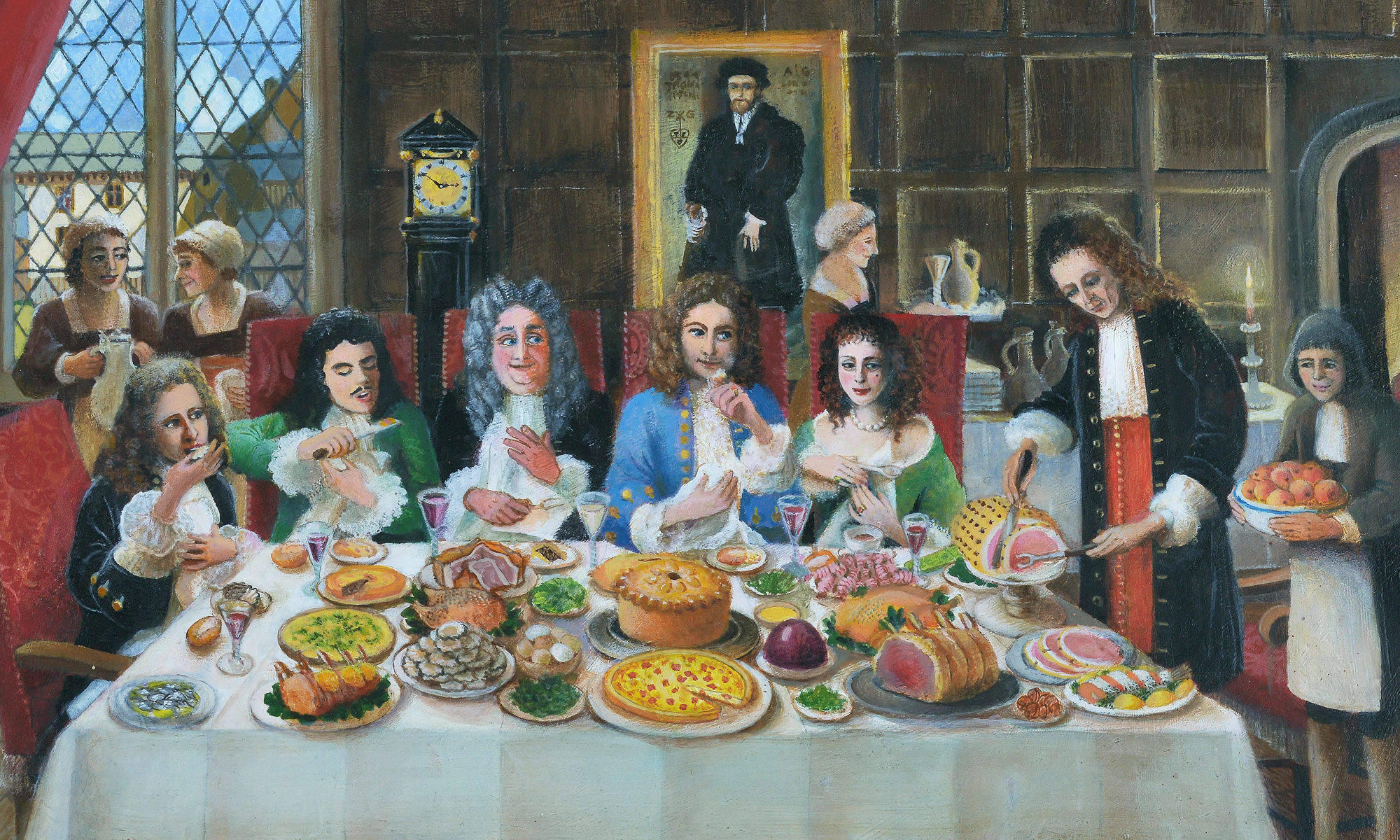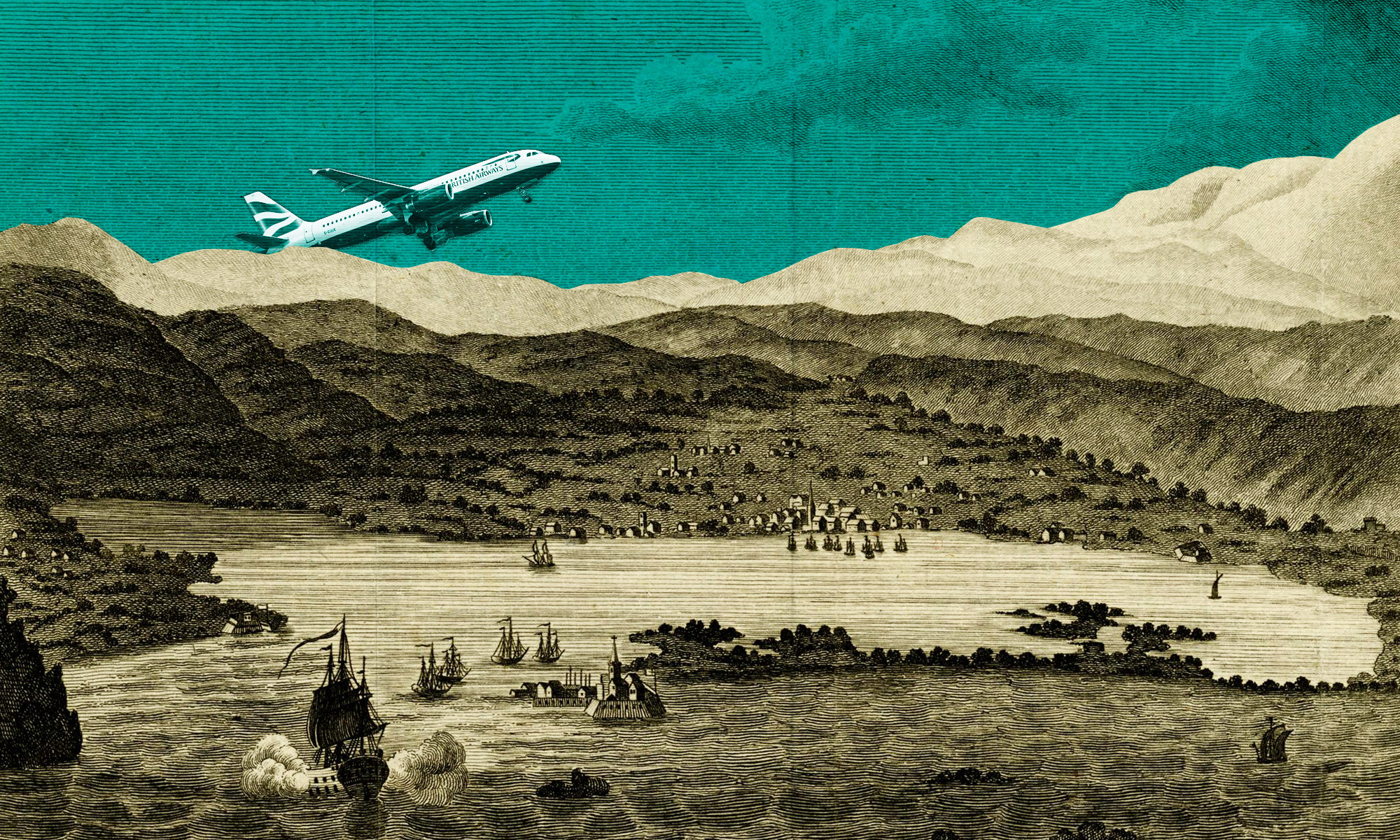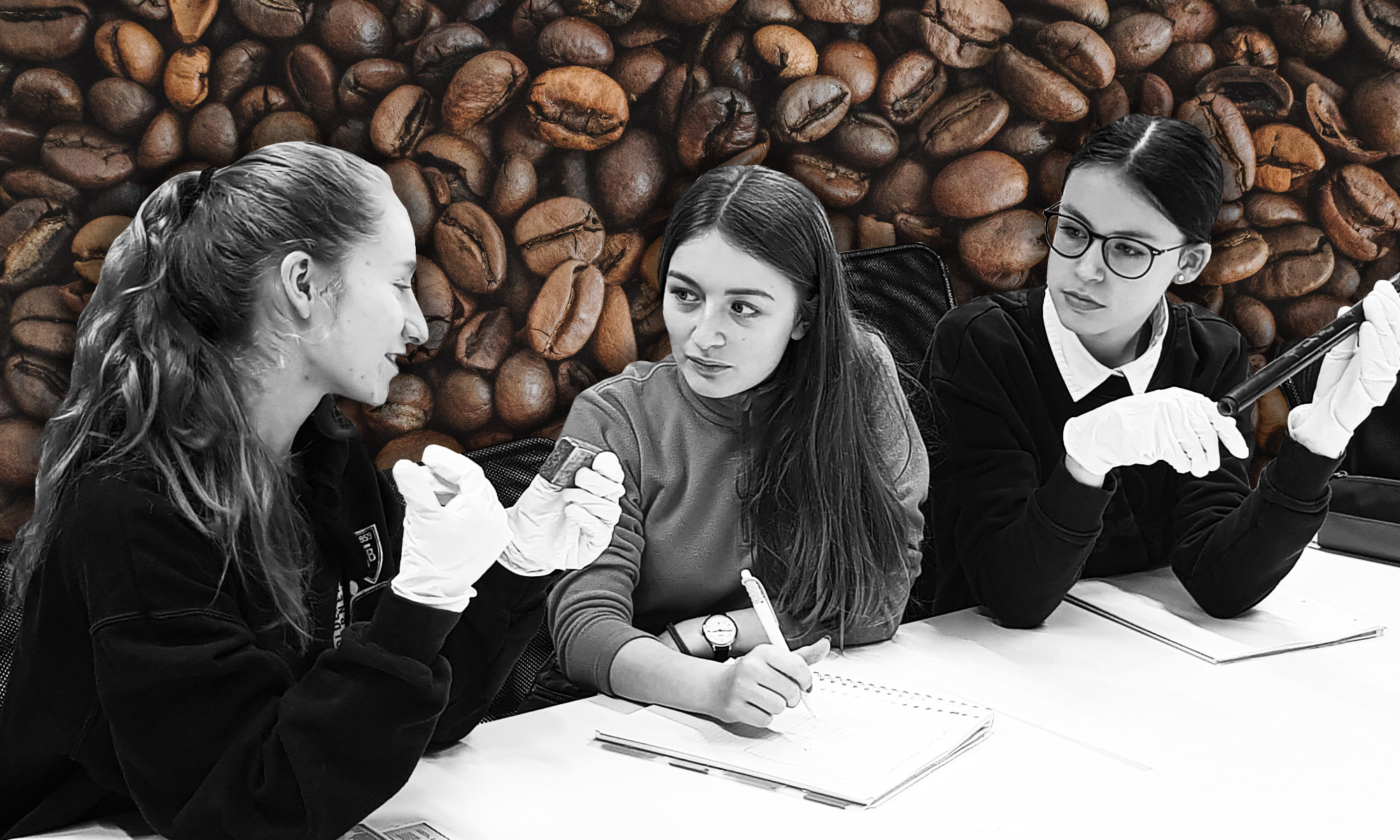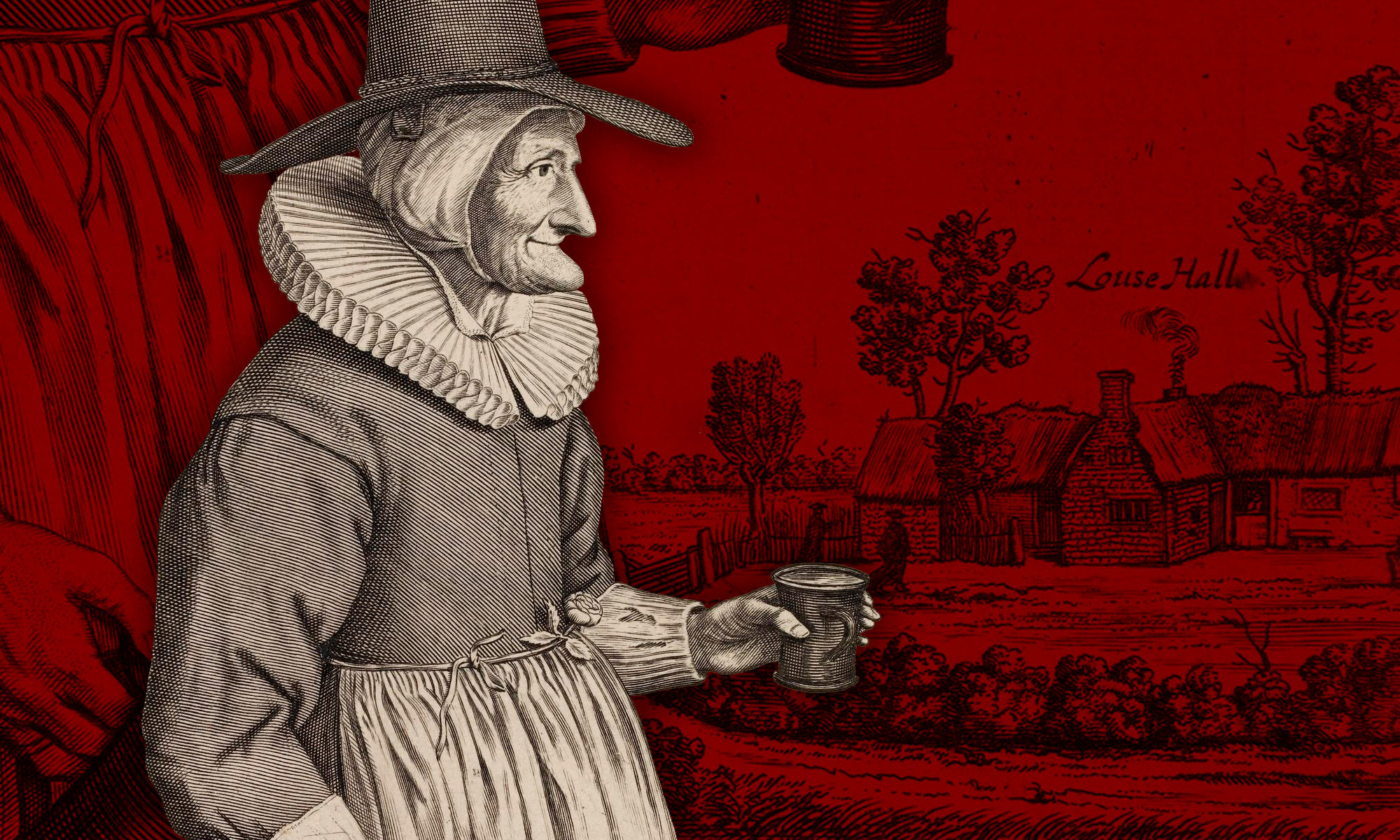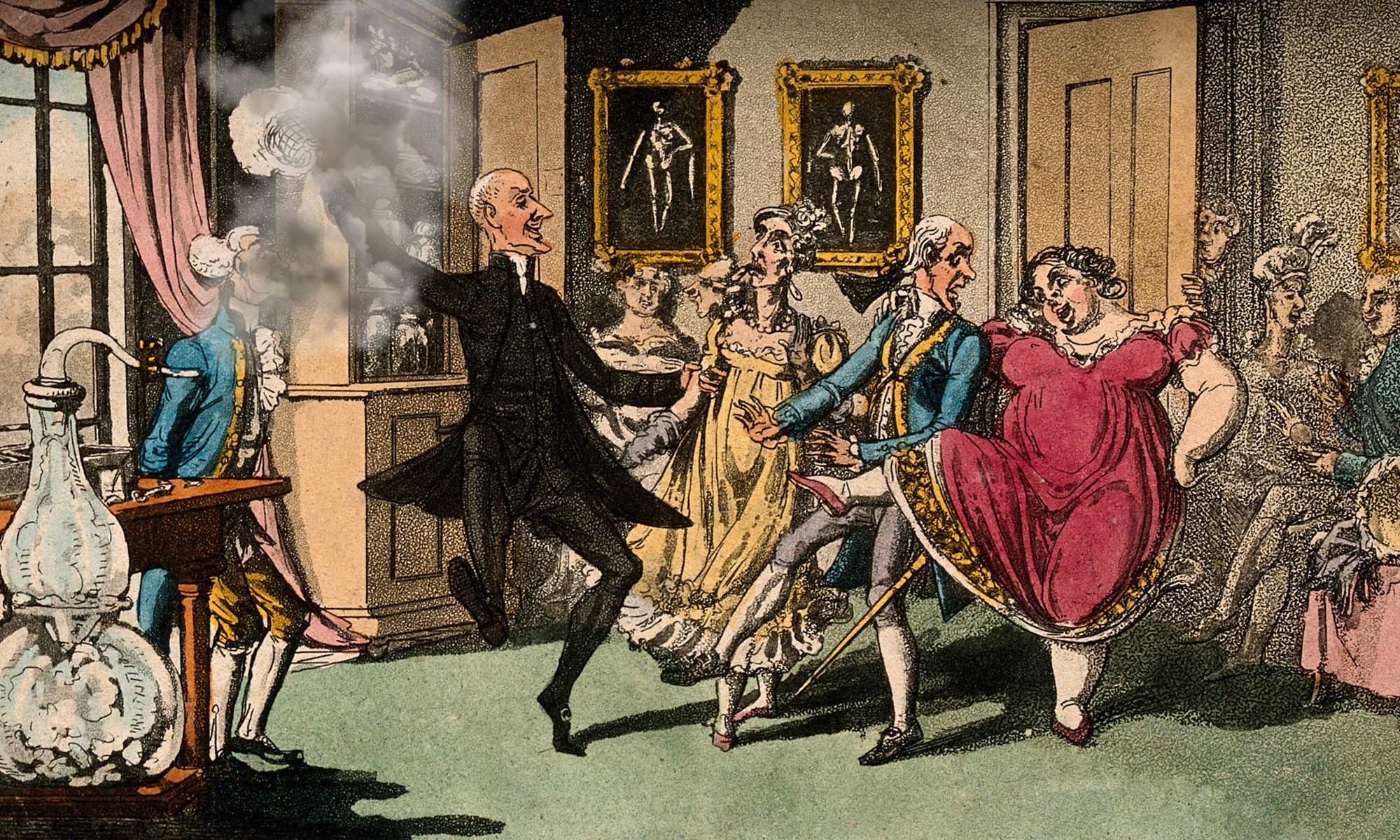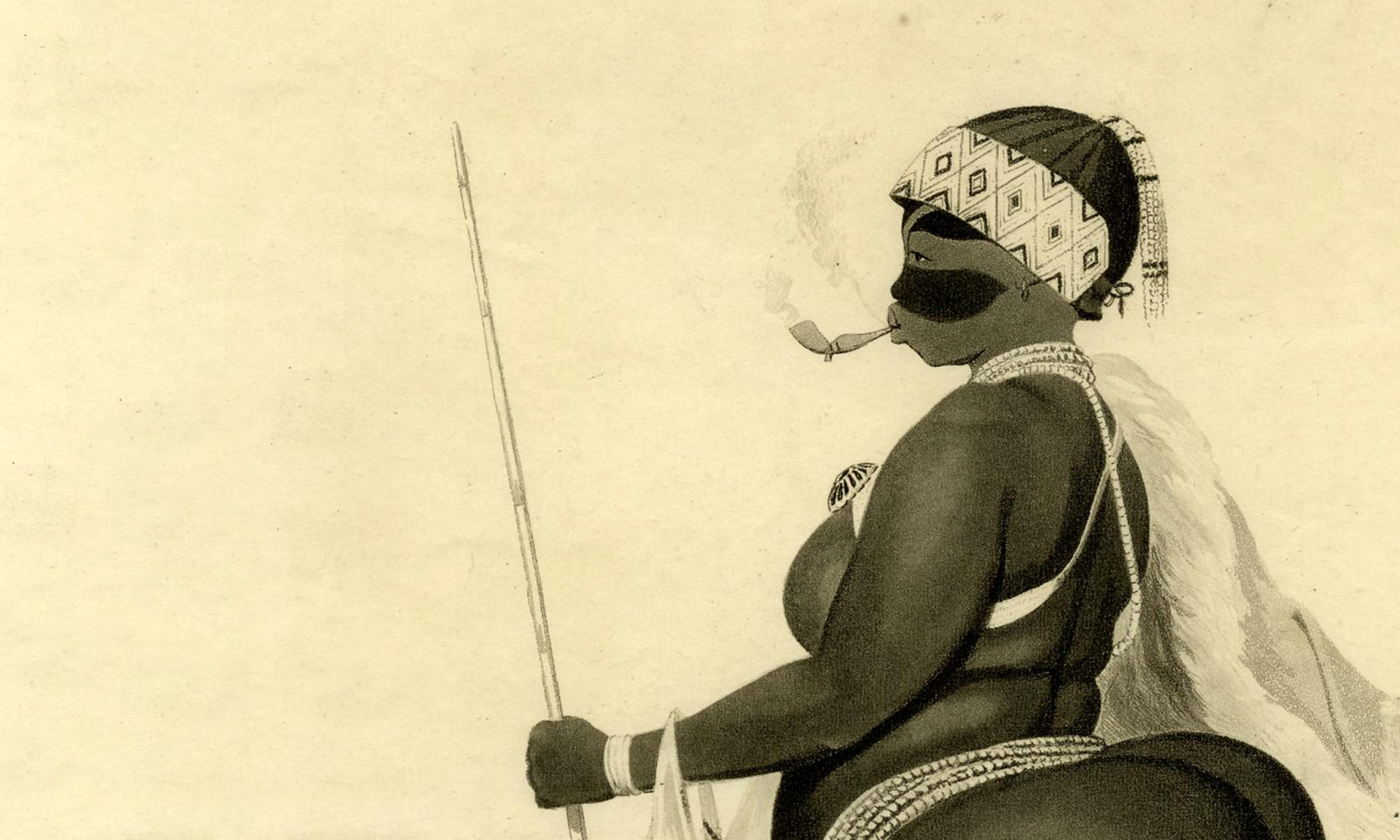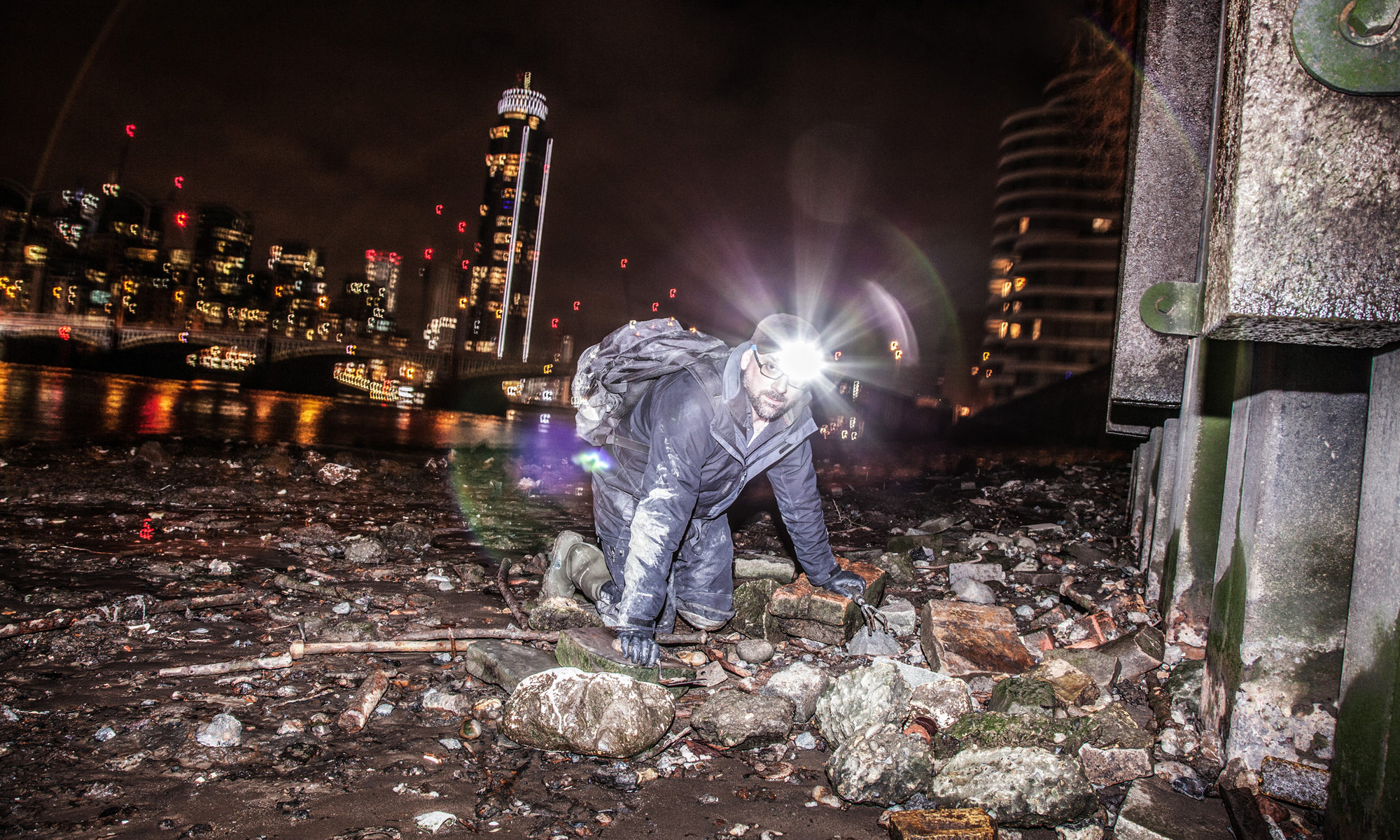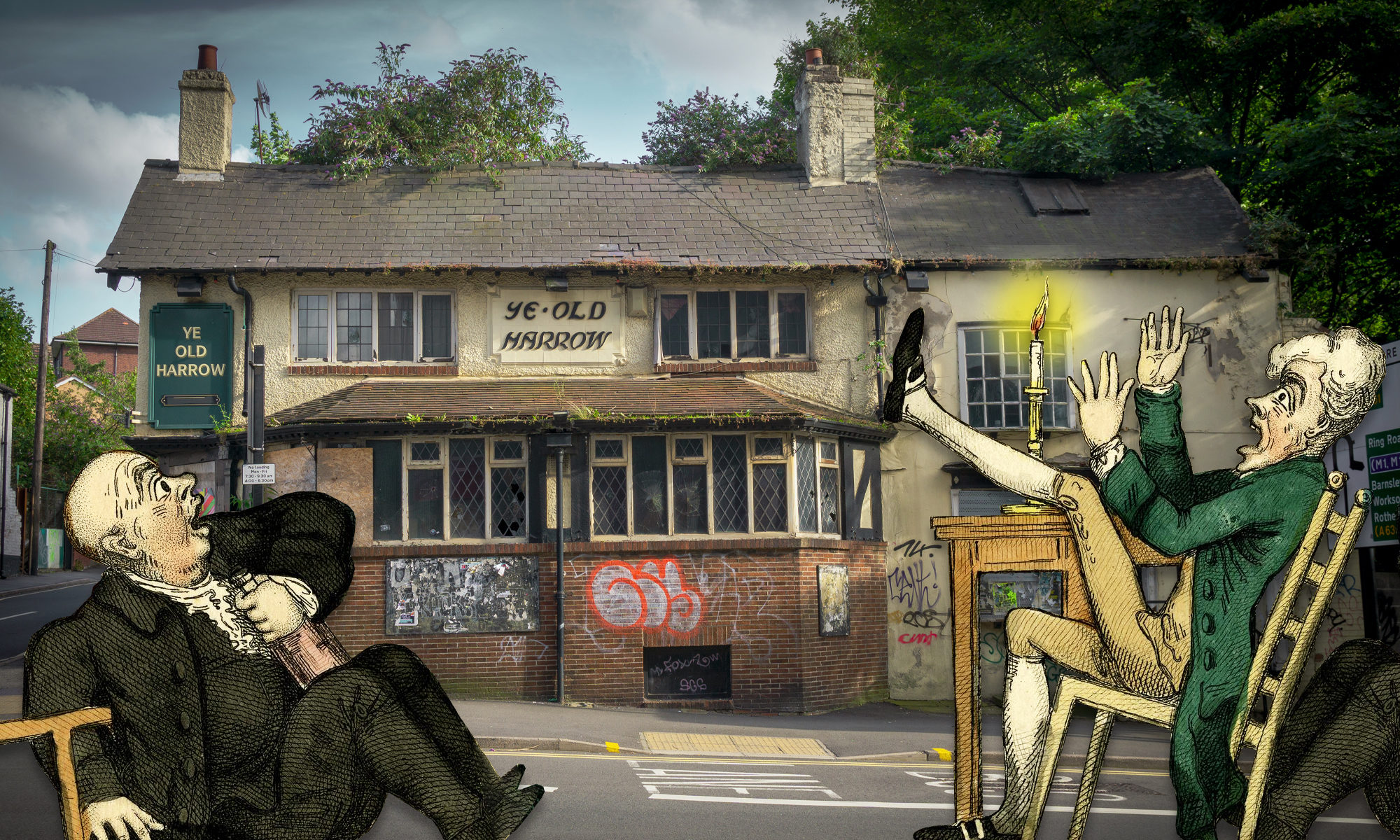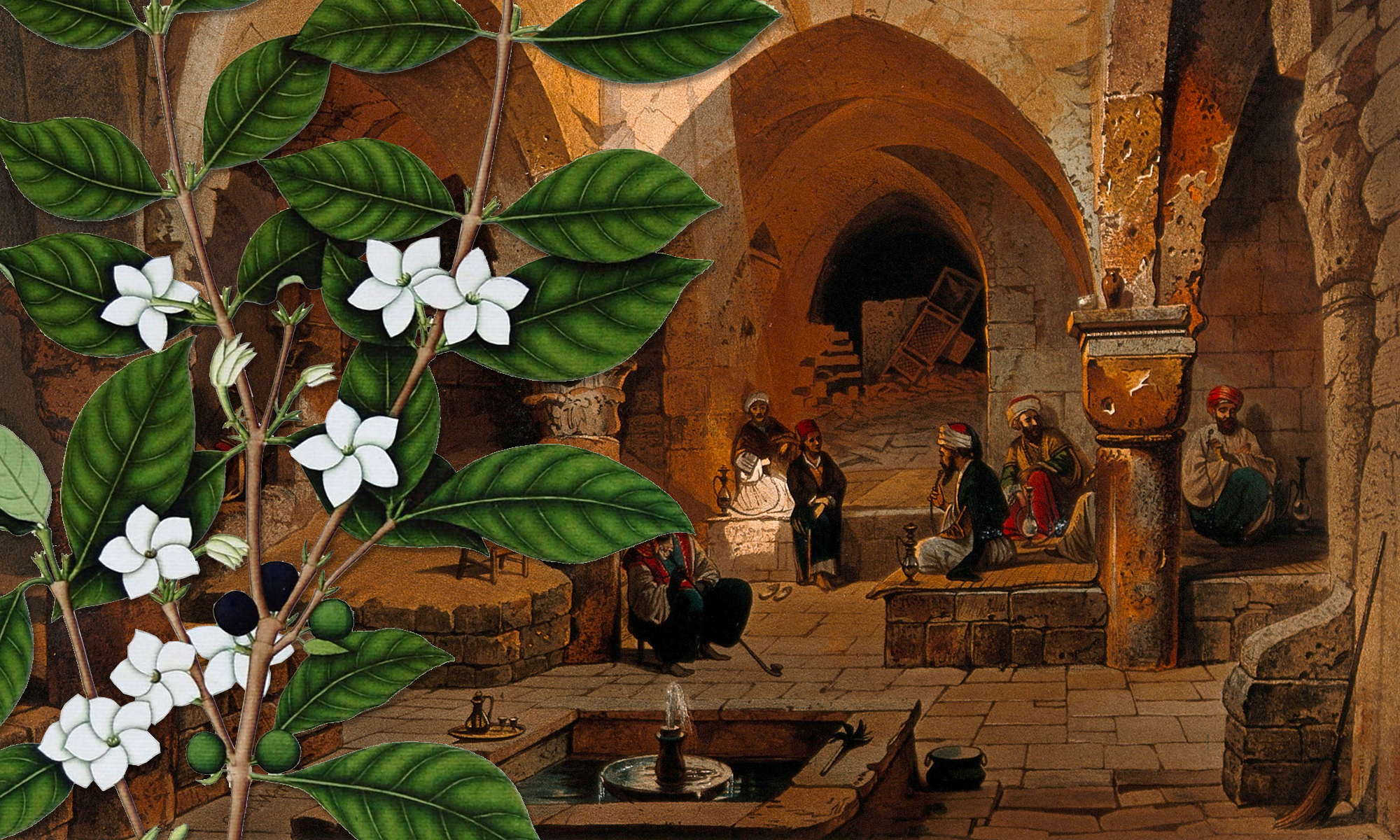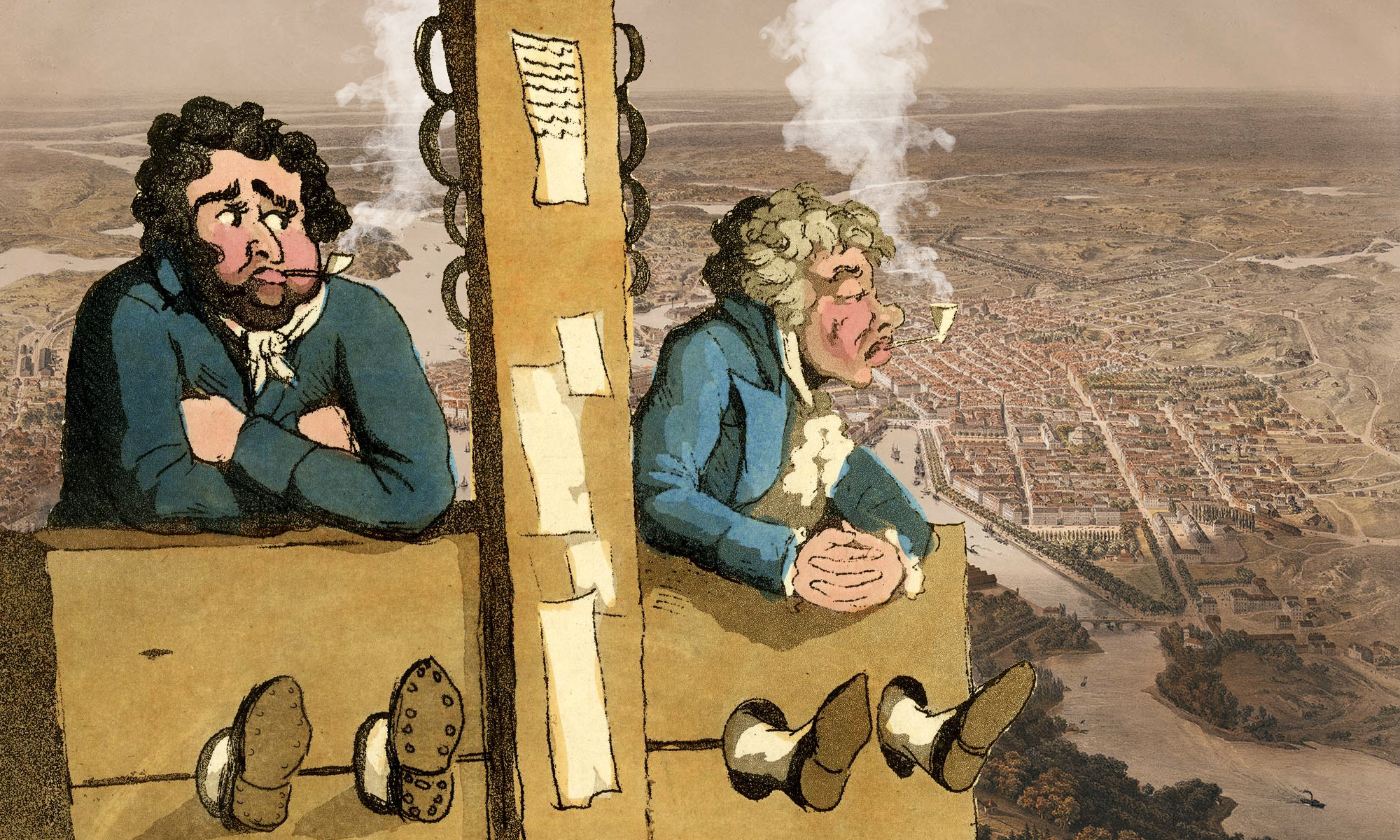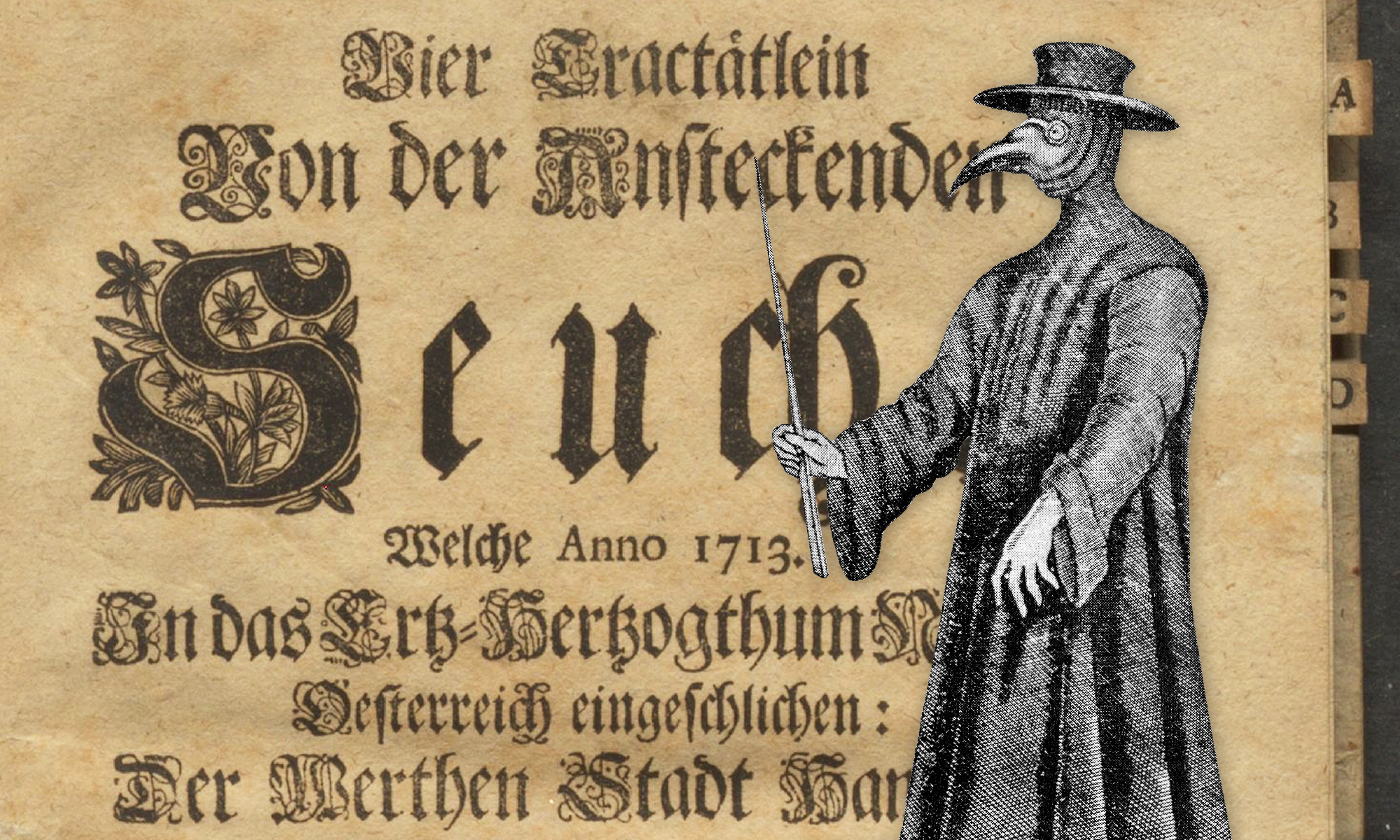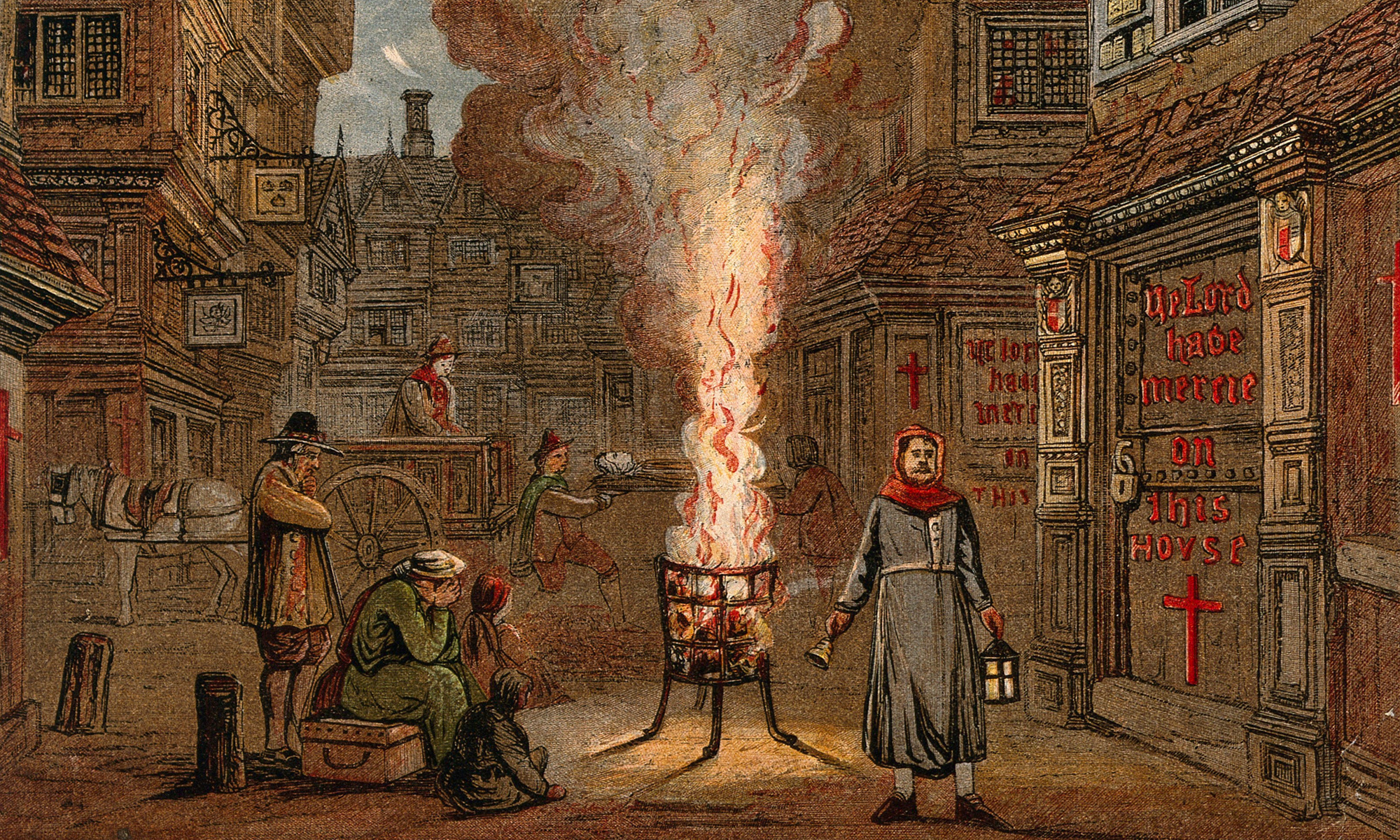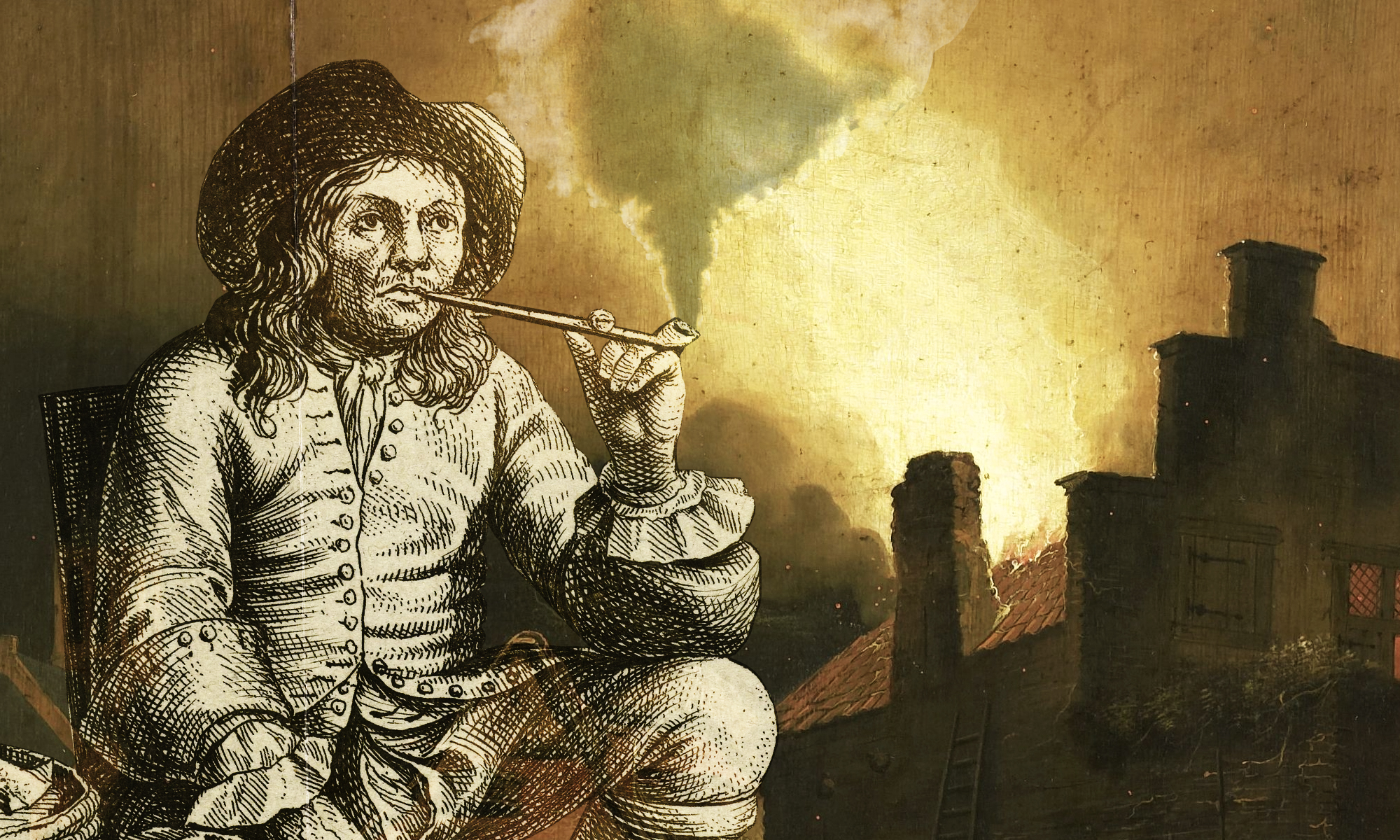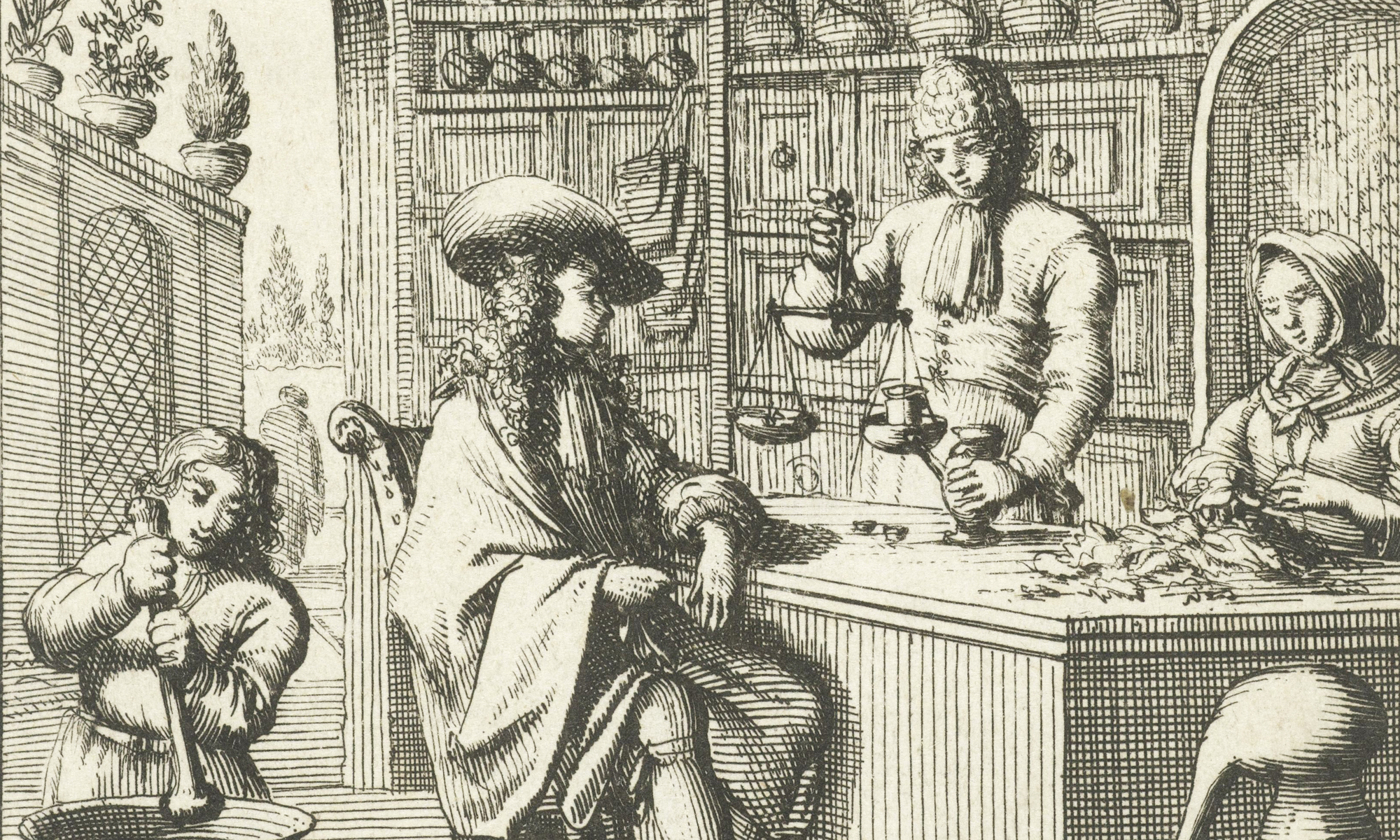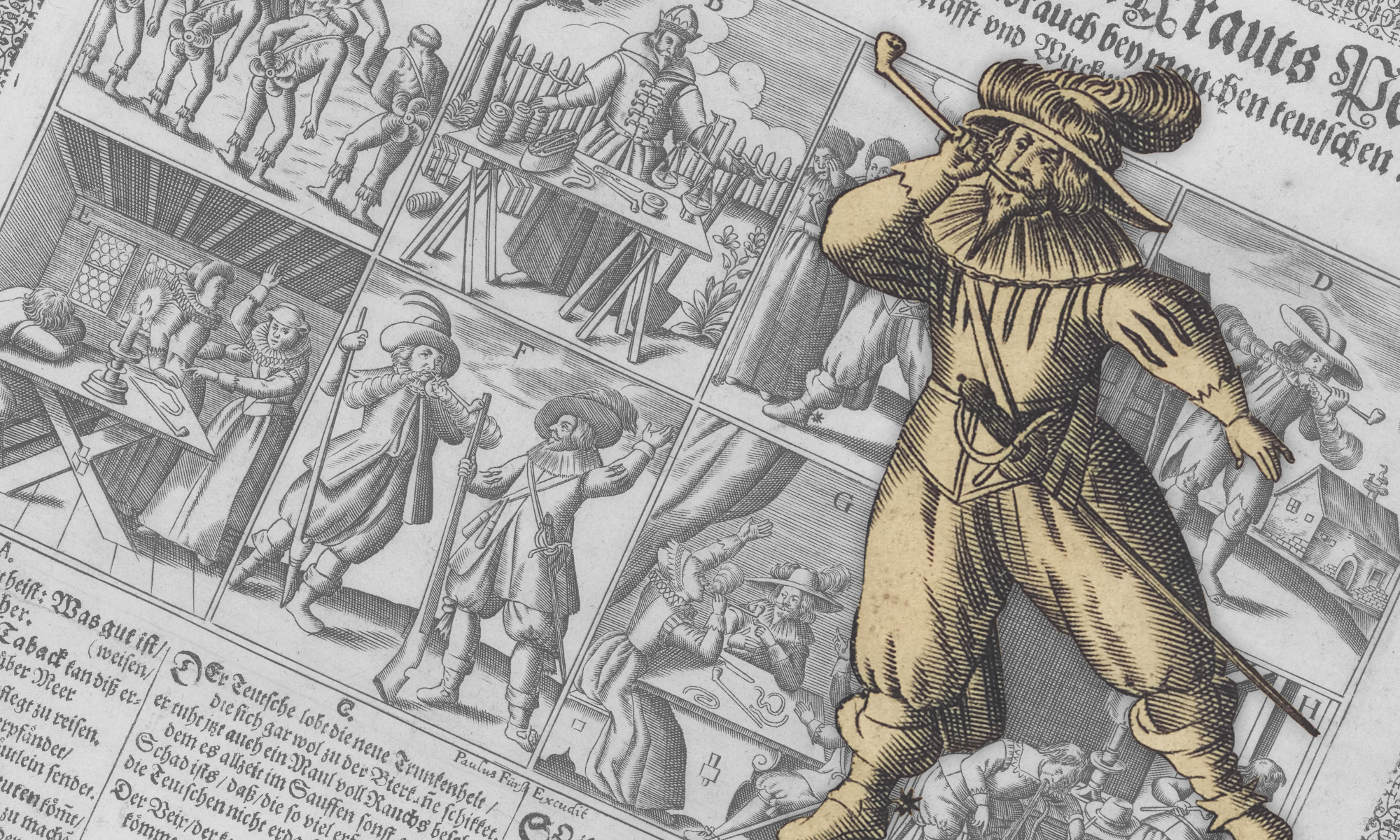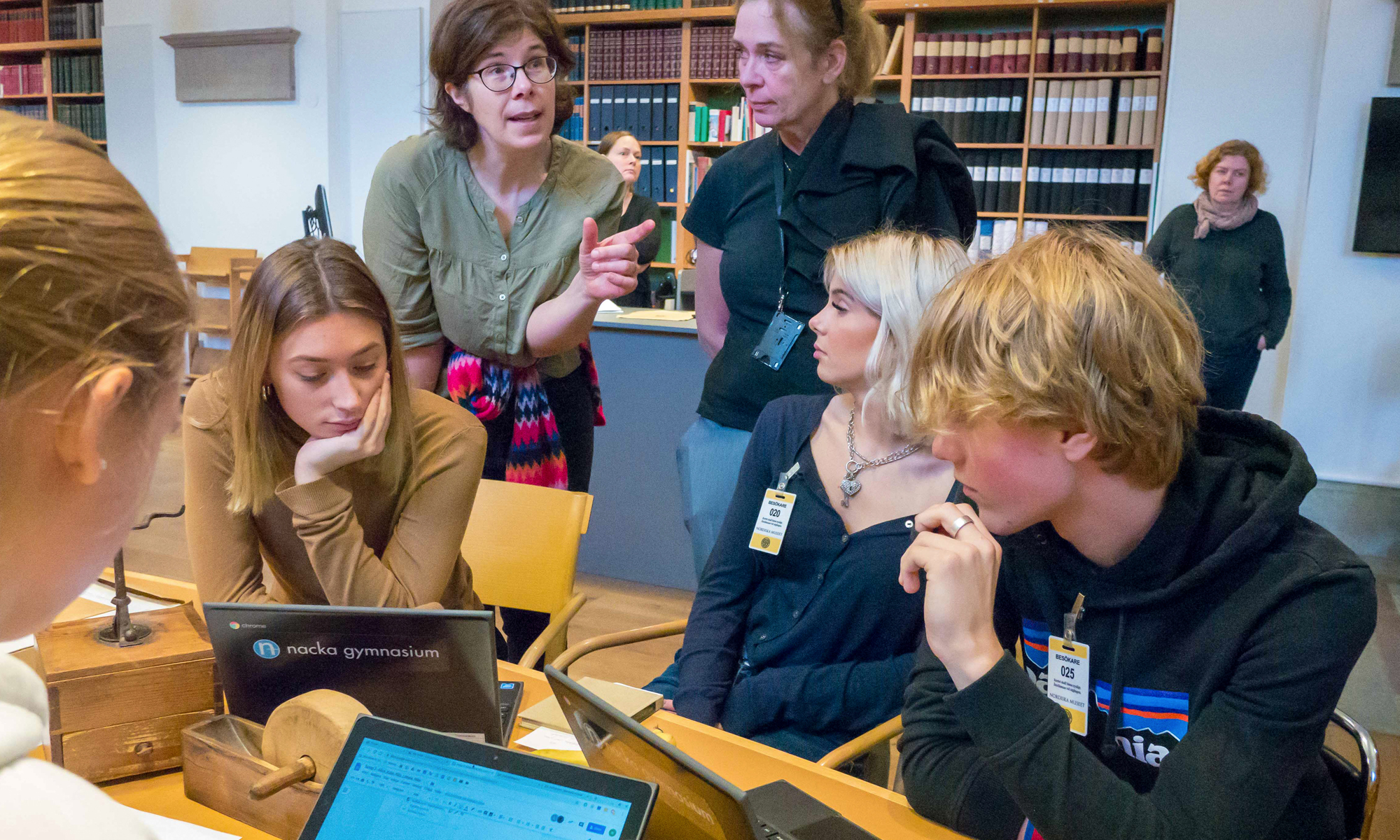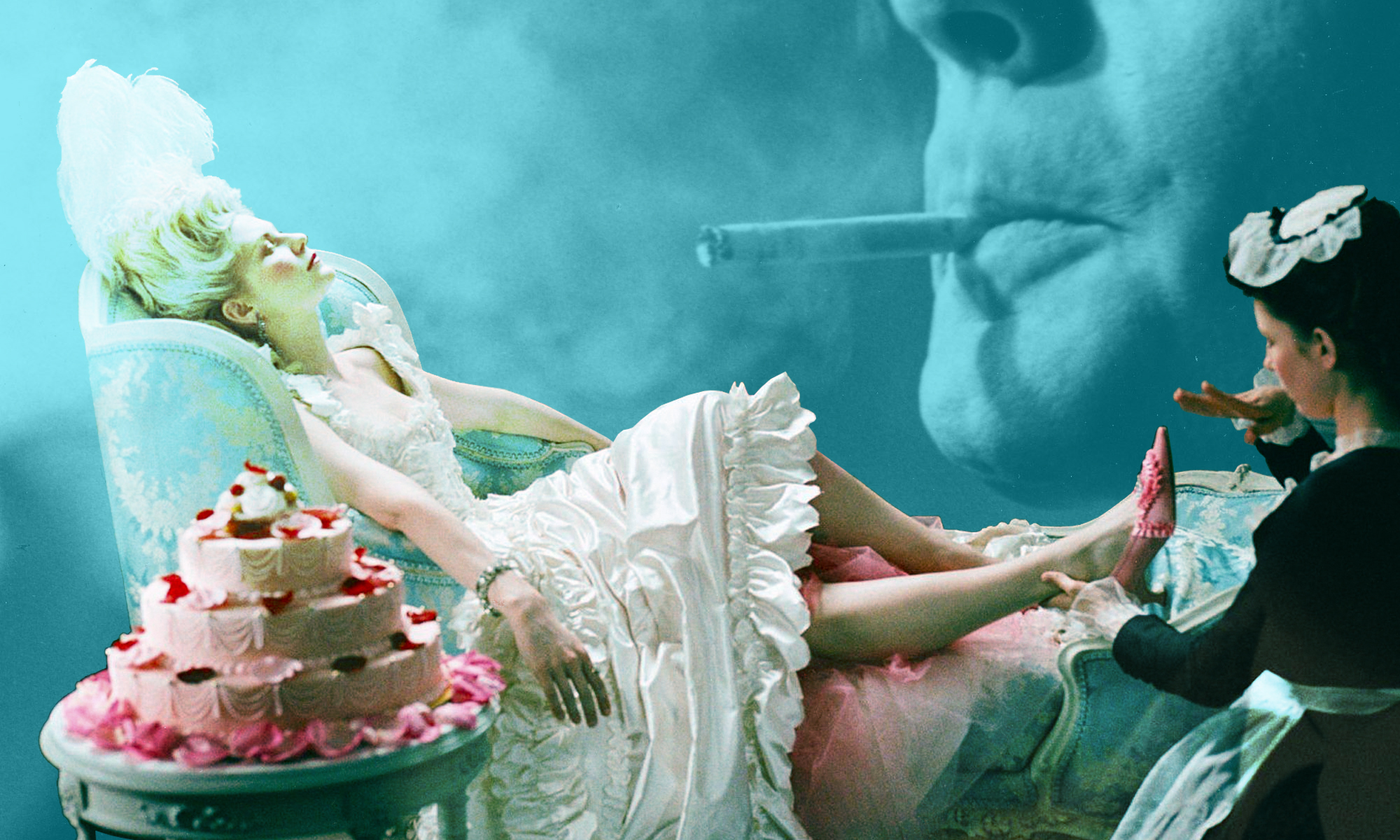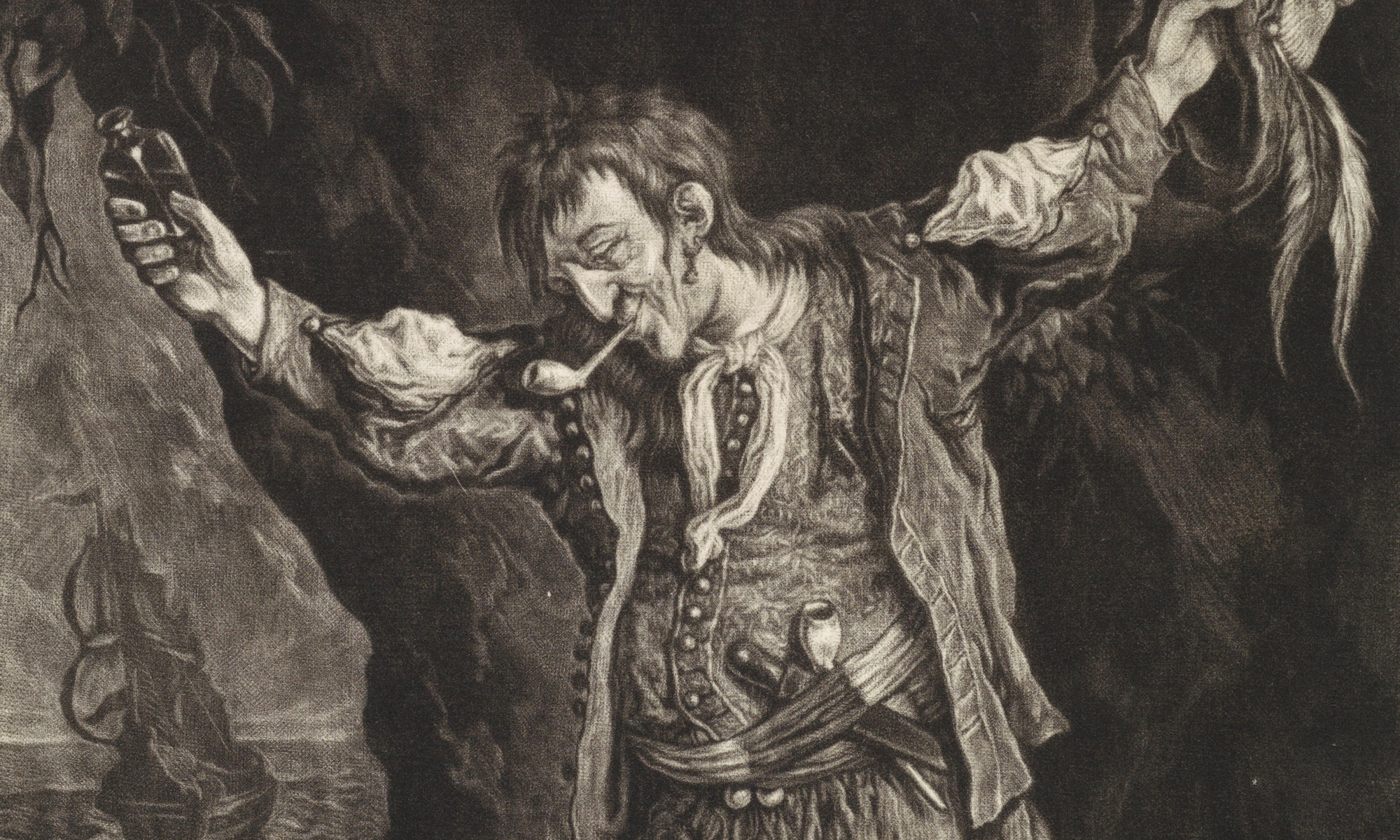The word ‘intoxicant’ has a central place in this project, as in wider scholarship. But what does the term really mean, and why do historians use it so regularly? Intoxicant is mainly used mainly to describe products which intoxicate – that ‘fuddle or make drunk’, or that artificially alter one’s physiological or neurological state. As Phil Withington and others have argued, whereas alternative words like ‘drugs’ possess strong ideological connotations pertaining to modern society and are more limited in what they evoke (mainly classified substances), intoxicant is a broadly encompassing neutral term, making it useful for describing and investigating a host of present-day consumables in different historical contexts. Usually, as in the Intoxicating Spaces project, scholars who talk about intoxicants refer to a familiar range of narcotics such as alcohols, coffee, opium, tea, and tobacco. Most of these commodities became popular from the early seventeenth century onwards as a consequence of increasing global trade and colonialism.
Slavery, Capitalism, and the Industrial Revolution: Sweet Industriousness and the Role of the Sugar Economy
In this lecture, co-organised with the Sheffield Centre for Early Modern Studies and delivered in person at the University of Sheffield on 7 October, Professor Maxine Berg (University of Warwick) previews material from her new book – co-authored with long-standing collaborator Professor Pat Hudson – on Slavery, Capitalism, and the Industrial Revolution. The book provides a new scholarly synthesis of ideas and research on the impact of slavery and British colonialism in the Americas on the economy of the metropole during the long eighteenth century. In the lecture, Professor Berg focusses on the chapter addressing the transatlantic sugar economy. She charts huge increases in sugar production and imports into Europe (especially in/from the East and West Indies), the industrial complex by which it was boiled and refined on plantations and in domestic factories, and its distribution via a network of grocers and confectioners.
Intoxicants and Early Modern European Globalization: The Making of a Special Issue
This month and next, The Historical Journal will be publishing a special issue dedicated to examining the relationship between ‘Intoxicants and Early Modern European Globalization’. Co-edited by me and Kathryn James, the open access volume consists of an introduction and eleven case studies unpacking the spaces, practices, and material culture that characterised the production and consumption of intoxicants in Europe, the Atlantic, and South Asia between the sixteenth and eighteenth centuries.
Object Lessons: Co-Creating an Exhibition with School Pupils and the German Maritime Museum
One ear-achingly chilly day in February 2020, forty-odd pupils from secondary schools in Oldenburg and Neu Wulmsdorf, three teachers and I descended on the German Maritime Museum (DSM) in Bremerhaven. Our mission? To explore the museum’s extensive collection of intoxicant-related historical treasures and to brainstorm ideas for an exhibition – researched and curated by students with assistance from staff at the DSM – on the history of tobacco, coffee, tea, chocolate, and sugar in port cities of the early modern period.
Trouble Brewing: Ale, Beer, and Witchcraft
A new article on The Conversation, which seems to have gained quite a lot of traction, argues that the modern iconography of witchcraft – namely pointed hats, cauldrons, broomsticks, and cats – can be traced to the commercial practices of, and patriarchal smear campaigns against, the female ale brewers of the late medieval and early modern periods. This is not a new contention, but one that has been circulating online with increasing frequency over the last few years. It’s an appealing thesis that accurately captures the domination of household ale brewing by singlewomen, wives, and widows before the Black Death (one third of women brewed regularly or occasionally in the towns and villages of the early fourteenth century); their increasing marginalisation from the trade as it expanded, capitalised, centralised, and professionalised from the 1350s (accelerated by the arrival and assimilation of a new intoxicant, hopped beer); and the overwhelmingly pejorative cultural construction of female brewers. However, the narrative is also misleading and simplistic, and elides the more subtle and interesting ways in which witchcraft and the manufacture and retail of intoxicants were conceptually intertwined in the medieval and early modern eras.
Continue reading “Trouble Brewing: Ale, Beer, and Witchcraft”
Workshop Report: Drugs and Drollery
It was an honour for the Wellcome Collection to join Intoxicating Spaces and a group of eminent scholars for an online workshop that took place on 21–22 January 2021 on Modes of Persuasion: Humour and the Promotion and Control of Intoxicants Past and Present. The workshop was originally suggested by Angela McShane while she was head of Research Development at Wellcome Collection. It was a good choice of subject, as the humorous treatment of stimulants and narcotics by promoters and controllers is a significant theme in the Wellcome collections. The main aim of the event was to show how playfulness, levity, satire, and wit have historically been used to inform campaigns and communications around licit and illicit drugs.
Thinking Visually with Saartjie Baartman: Intoxicated by Difference
Published on 18 September 1810, this etching of Saartjie Baartman (1789–1815), who had recently arrived in Britain and came to be known as the Hottentot Venus, testifies to the contemporary obsession with exoticism. Born among the Khoikhoi people of southern Africa, Baartman’s life is perhaps one of the most striking examples of colonial exploitation. Subjected to Dutch domination in her childhood and adolescence, she was objectified by the British in her youth, and was dehumanised by the French for the rest of her life and beyond. Histories of her display in the freak shows of London and Paris in the course of the long eighteenth century bring into focus torturous episodes of violence and humiliation. These were justified as legitimate scientific curiosity regarding her body, based on polite standards of respectability and refinement. Standing exposed on the imperial stage, Baartman’s (mis)treatment at the hands of the metropolitan populace overstepped the premises of Enlightenment virtues of dignity and propriety that were so dearly prized. The repatriation and reburial of her remains in 2002 in her homeland were acts of restoring of the vestiges of personhood that she had been denied by the western world.
Continue reading “Thinking Visually with Saartjie Baartman: Intoxicated by Difference”
Exploring London’s Intoxicating Spaces Through Mudlarking
The River Thames as it flows through London is tidal, meaning twice per day part of the riverbed is exposed for a few hours. This area, known as the Thames foreshore, is a rich archive of (among other things) the remnants of two millennia of the city’s relationship with intoxicants. From tobacco to sugar to opium, the river delivers evidence of how they were imported, refined, sold, and consumed, but it is an archive like no other.
Continue reading “Exploring London’s Intoxicating Spaces Through Mudlarking”
Beer, Wine, and Spirits: Reflections on Intoxicants and Ghosts
This spooky season, while holed up in an isolated farmhouse in deepest North Yorkshire, I’ve been thinking about the connections between intoxicants and ghosts, which haven’t been fully explored in the extensive academic literatures around either topic, but which seem to be many and various.
Continue reading “Beer, Wine, and Spirits: Reflections on Intoxicants and Ghosts”
CFP: Intoxicating Spaces: Global and Comparative Perspectives
An international conference organised and funded by the HERA research project Intoxicating Spaces: The Impact of New Intoxicants on Urban Spaces in Europe, 1600–1850, a collaboration between the University of Sheffield, the University of Oldenburg, the University of Stockholm, and Utrecht University.
Continue reading “CFP: Intoxicating Spaces: Global and Comparative Perspectives”
Intoxicating Spaces in the Time of Plague
In this brief vlog I discuss how we have responded as a research group to the challenges posed by COVID-19 and lockdown, and reflect on the historical relationship between pandemic, intoxicants, and public spaces. The film was shot in a safe and socially distanced manner on Devonshire Green and Division Street in Sheffield, and at Holy Cross Old Church in Whorlton, North Yorkshire.
‘It Is Forbidden’: Tobacco Bans and Public Space in Eighteenth-Century Stockholm
At 9pm on 24 November 1793, two policemen called Dickman and Bergström arrested an unknown man on the Högbergsgatan for smoking tobacco and being drunk. Called to the police chamber in Stockholm the following day, the man was fined five riksdaler, and his identity was established as John Carl Åman, a journeyman shoemaker.
Continue reading “‘It Is Forbidden’: Tobacco Bans and Public Space in Eighteenth-Century Stockholm”
New Intoxicants and Epidemics: Sugar and Tobacco in Hamburg’s Plague Medicine
In these trying times interest in past pestilences is booming, in particular in plague (and the Spanish flu), not least because there appear to be so many parallels between these diseases and COVID-19: home quarantine, face masks, and the Johns Hopkins mortality statistics website remind us of the red crosses on the front doors of shut-up houses, the ominous bird-like black costume worn by plague doctors, and weekly Bills of Mortality. Despite a horrendous mortality rate – historians estimate between 30 and 60 percent of the population – and the widespread belief that plague epidemics were divine punishment for godlessness and immorality, early modern societies and individuals actively worked to counter the plague (and illness more generally) by drawing on an arsenal of medical, religious, cultural, and political tactics and strategies. Continue reading “New Intoxicants and Epidemics: Sugar and Tobacco in Hamburg’s Plague Medicine”
Plague Time: Intoxicating Spaces and Pestilence in Seventeenth-Century London
One of the most challenging aspects of the lockdown and social distancing measures necessitated by COVID–19 are the restrictions placed on the intoxicating spaces of everyday life. The inability to visit coffee shops, pubs, restaurants, and tea bars is for me and many others one of the most difficult psychological features of the current situation, and the forlorn sight of my favourite Sheffield haunts – many of which have played a small role in the project – standing abandoned like so many urban Mary Celestes is distressing (the UK hospitality sector, like many others, is facing an ‘existential crisis’ as a result of the pandemic). In the context of coronavirus and the new world it’s shaping it seems strange, then, that the growth of coffeehouses in London in the 1660s coincided with the devastating outbreak of bubonic plague that swept the city in 1665. The last and most severe of seven such epidemics that visited the metropolis over the early modern period, and with a fatality rate of around 80%, it ravaged all but four of London’s 130 parishes, killing an estimated 100,000 people in total (roughly a quarter of its population). Like us, early modern Londoners for the most part ate, drank, socialised, and worked outside of their homes; what did the plague and the measures taken to control it mean for their daily experience of the urban environment in general and its intoxicating spaces in particular?
Continue reading “Plague Time: Intoxicating Spaces and Pestilence in Seventeenth-Century London”
Smoke Signals: Tobacco, Visions, and Disaster in Late Seventeenth-Century Stockholm
One evening in 1695, the retired non-commissioned officer Lars Ekroth sat down in his home in Stockholm to smoke a pipe. While he was smoking, he received a vision he was sure came from the Holy Spirit. What was revealed to him was that the whole city, including the royal palace, would be destroyed in a great fire, and that the Swedish king Charles XI would die from poisoning. God’s wrath would come upon the country because there was so much sinfulness, ostentation, mistreatment of the poor, and people trying to rise above their station. In particular, it was the sins perpetrated by the Royal Council that had awoken God’s wrath, Ekroth came to understand. When he later related his experience, he said that he was unsure whether he had been awake or asleep during the episode, only that it was when he took his pipe of tobacco that the vision came to him.
Intoxicating Pharmacies? Apothecary Shops and New Intoxicants in Amsterdam, 1600–1850
Thinking about intoxicating spaces, apothecary shops are probably not what first springs to mind. Yet, these places are very relevant in discussing the assimilation of new intoxicants into European diets. It may seem strange to us today, but they virtually all started out as medicinal drugs. For example, sugar was believed to remedy coughing and to support the stomach, kidneys, and bladder, amongst others. Similarly, tobacco could be applied for many different conditions ranging from scurvy and tetanus to epilepsy and constipation. Moreover, it could be applied to cure wounds and was believed to have a preventative effect against the plague. Opium, coffee, tea, and cocoa were used just the same as panaceas for many ailments. The opium poppy’s bulbs and their sap were famous for their ability to induce sleep and to calm children. Tea and chocolate would even arouse lust, while coffee was regarded as an anti-love elixir.
A Matter of Measure: Tobacco in Seventeenth-Century German Satire
A German broadside published in 1658. Eight vignette etchings and a poem recount the story of tobacco’s arrival in Europe, and its ‘praiseworthy use by some German heroes/as well as the same’s real power and effect’. In the first image Native Americans, some adorned with feathered headdresses and smoking long pipes, appear to dance about with abandon.
Continue reading “A Matter of Measure: Tobacco in Seventeenth-Century German Satire”
8 Intoxicating Objects from Nordiska Museet
A key part of the Intoxicating Spaces project is our work with schools in the UK, Germany, the Netherlands, and Sweden. Back in October, a group of 30 pupils from our Stockholm partner school Nacka Gymnasium joined our Swedish research team at Nordiska Museet, Sweden’s largest museum of cultural history, for a day among their intoxicant-related holdings. Here, the pupils share their favourite discoveries…
Continue reading “8 Intoxicating Objects from Nordiska Museet”
Addictive Cinema: 17 Intoxicating Films for the Holiday Season
One of the central and most rewarding aspects of the Intoxicating Spaces project is our work with sixth formers from schools in Utrecht, Oldenburg, Sheffield, and Stockholm. We’re all film-lovers, so Stephen suggested we assemble for our participating pupils a ‘must-watch’ list of family-friendly movies that deal with drugs and intoxicants in time and space at various points in history. We’re pretty pleased with the resulting roster, so, with the holiday season looming and sofas and widescreens poised for action, we thought we’d share it on the blog as well! Let us know if we’ve missed anything…
Continue reading “Addictive Cinema: 17 Intoxicating Films for the Holiday Season”
Smoke on the Water: Tobacco, Pirates, and Seafaring in the Early Modern World
In the 1990s, maritime archaeologists started to excavate the remains of a shipwreck in Beaufort Inlet on the North Carolina coast, excavations that continue (you can follow their progress on this website). It’s now generally accepted that the ship on the bottom of the inlet is the Queen Anne’s Revenge, a frigate with 40 guns and capacity for 150 men that was nothing less than the flagship of a small squadron of pirate ships under the command of one of the most famous pirates in history: Edward Teach, or Thatch, better known as Blackbeard. From letters to the Admiralty, newspaper reports, and testimonies from pirate trials, we know that the ship ran aground on a sandbar on 9 June 1718. Attempts to free her were in vain, and after a few hours the crew abandoned the ship, its valuable cargo, and their personal possessions. Over subsequent weeks the vessel slowly disintegrated and finally ended its eventful life on the seabed.
Continue reading “Smoke on the Water: Tobacco, Pirates, and Seafaring in the Early Modern World”
